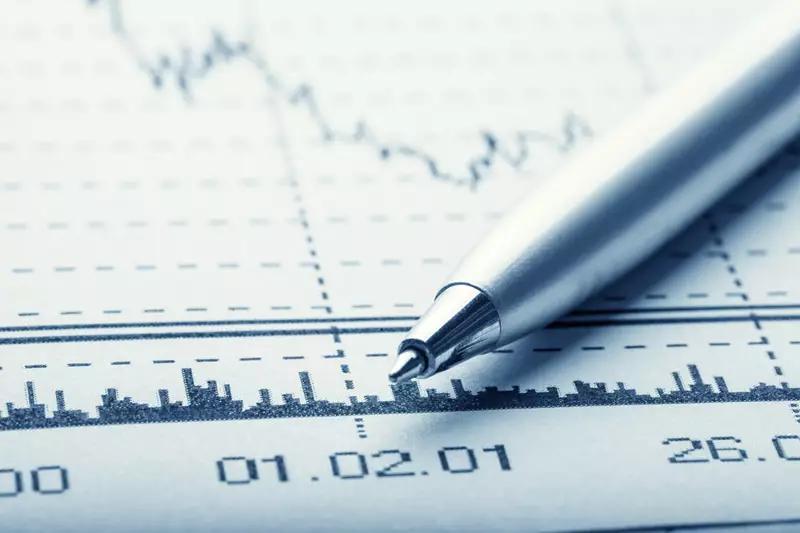The US economy experienced a slowdown in the first quarter of the year, falling below the Federal Reserve’s estimates of its long-run potential. This deceleration, coupled with a rapid rise in inflation, presents a unique challenge for the central bank. While the 1.6% growth rate indicated a cooling economy, the persistently high inflation rates have raised concerns among investors and analysts.
The 1.6% growth rate recorded in the first quarter aligns with the Fed’s expectations of below-trend growth to address inflationary pressures. However, the trajectory of the economy remains uncertain, with factors like imports and inventories contributing to drag on growth. Despite the slowdown in the first quarter, there are reasons to believe that the weak economic performance may not persist throughout the year.
Of particular concern is the rapid inflation rate, with the personal consumption expenditures price index rising at a 3.4% annual rate, surpassing the Fed’s 2% target. The sticky nature of prices poses a challenge for the central bank, as high inflation could undermine efforts to maintain price stability. The sustained inflationary pressures have overshadowed the signs of economic cooling, prompting a reassessment of the likelihood of Fed rate cuts in the near future.
Investors and analysts have reacted cautiously to the economic data, weighing the high inflation figures against the prospects of a slowdown. The probability of an initial Fed rate cut has decreased, with a June cut now considered unlikely and bets on a September cut also diminishing. The market sentiment reflects a mix of concerns over inflation and expectations of economic resilience in the coming months.
The Federal Reserve faces a complex dilemma as it navigates the twin challenges of economic growth and inflation. The recent data paints a nuanced picture of the US economy, with signs of slowdown tempered by persistent inflationary pressures. The central bank’s response in the coming months will be crucial in maintaining a delicate balance between supporting growth and controlling inflation. As the economic landscape continues to evolve, policymakers will need to closely monitor these developments and adjust their strategies accordingly.

